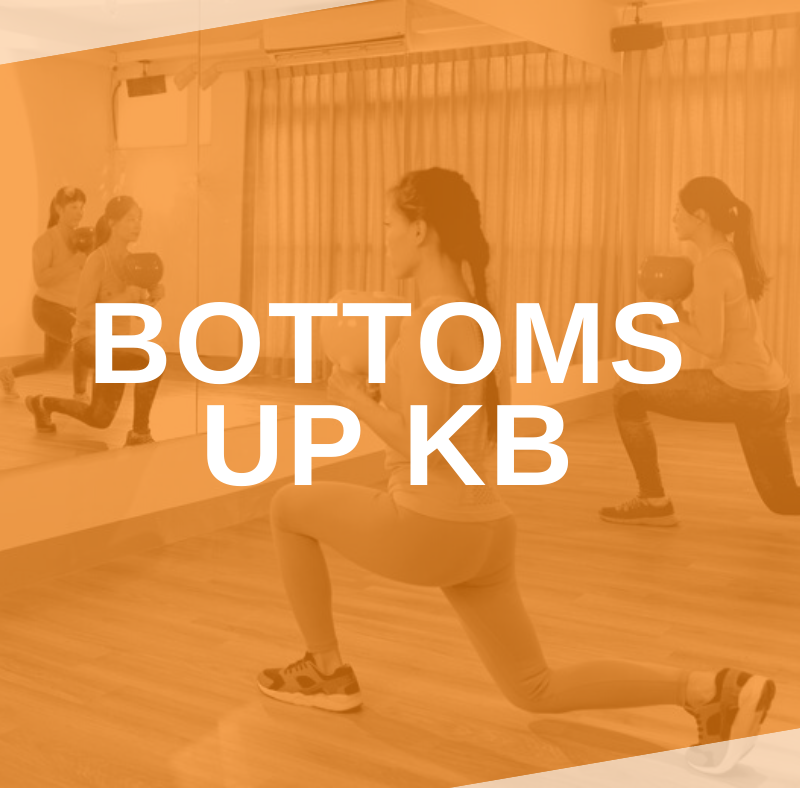
The kettlebell is a great piece of equipment to build and maintain strength. Chances are, you’ve had experience with kettles. The KB allows a swinging motion for lots of beneficial exercises commonly used at gyms and in training sessions. Kettlebells can also be helpful for balance work depending on the type of exercise. Turning them upside down creates a whole new way to challenge balance and strength in your client’s workout.
If you haven’t tried this, you’re in for a treat…well, sort of.
All about the kettle
KBs have been around for centuries. Initially used for scale measurement in Russia, they eventually made their way into the weightlifting world. Today, they are recognized as a national sport in many areas where kettlebell competitions are held.
Most of them are made of durable metal, like cast iron or steel. Some have a protective plastic or vinyl outside coating. The bell is connected to a gripping handle by two “horns” on each side. The design makes it ideal for a swinging motion, but sometimes the kettles are thrown. (I like mine too much to throw it.) The swinging action allows the user to flip the bell upside down.
Why would you turn the kettles upside down?
Turning the kettles upside down puts the handle at the base and the weighted bell above it. It’s a balancing act combined with a controlled strength movement. By switching the angle at which your client holds the KB, it requires wrist and forearm strength to control and to keep it balanced.
At first, it can be awkward with the bell wavering a little. Practice makes perfect! You may start just holding it still before attempting to involve it in a movement. Once you’ve got good stability, practice with motion. The more repetition the more the muscles will get it.
The action engages shoulder stability muscles and relies on a proper grip to hang on to the bell. The core also fires up. This irradiation uses tension in all the engaged muscles to properly perform the exercise, reducing risk of injury and putting less impact on joints.
It’s very effective.
Choose a weight suited to your client’s ability, allowing room for growth. Much like dumbbells, you’ll find kettlebells in a variety of weight increments. If you’re used to working with kettlebells in the traditional positions, expect to drop the weight to hold it in an inverted position, possibly by 50%.
What types of exercise utilize upside-down kettles?
• Shoulder press (single and double)
• Lunges
• Squats/Goblet Squats
• Farmer’s walk
• Bicep curls
• Half-dome ball balance hold
• Windmills
Safety Tips
In the beginning, it’s a good idea to keep the opposite hand positioned as a spot for the other one moving with the kettle. You don’t want the wrist to strain. You also don’t want the KB to land on your client’s face. Refrain from double arm upside down kettles until the single one is mastered on each side.
Start with a light weight to ensure proper technique and no strain on the wrist. Increase weight as the exercise becomes easier.
Remind clients to breathe throughout the exercises. There’s so much going on and a lot to focus on, so breath reminders are helpful.
Slow down compound movements to make sure form isn’t compromised.
Where do you buy kettlebells?
Kettlebells are found at sporting goods stores, discount department stores like T.J. Maxx, and online. Because they are constructed of sturdy metal, used KBs are a good budget option. Used kettles can be found online (Facebook Marketplace, Craigslist, etc.), at yard sales, and secondhand stores. Of course, check for wear and tear before purchasing.
Prices vary based on the type of metal used to make it, outside coating and the amount of weight. New ones typically range from $1 to more than $2 per pound.
Optional accessories include rubber bases and carrying bags.
References
https://breakingmuscle.com/fitness/bottoms-up-kettlebell-presses-for-solid-shoulders
https://barbend.com/bottoms-up-kettlebell-exercises/
https://furthermore.equinox.com/articles/2018/05/weightlifting-hack
https://www.usa-iron.com/pages/how-are-kettlebells-made
https://www.kettlebellsusa.com/pages/what-is-a-kettlebell#:~:text=The%20history%20of%20the%20kettlebell,Russian%20dictionary%20appeared%20in%201704.&text=Chinese%20Shaolin%20Monks%2C%20used%20stone%20padlocks%20in%20similar%20ways%20to%20kettlebells.
https://kettlebellkrusher.com/the-best-kettlebells-for-purchase-by-price-per-pound/#:~:text=AVERAGE%20PRICE%20PER%20POUND%3A%20%242.10&text=The%205%20lb.,%E2%80%93%2035.







